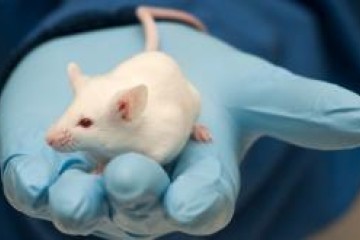Project grant
Reduction, refinement and replacement of animal use by clonal sampling

At a glance
Completed
Award date
March 2008 - August 2011
Grant amount
£235,096
Principal investigator
Dr Phillip Jones
Institute
Hutchison-MRC Research Centre
R
- Reduction
